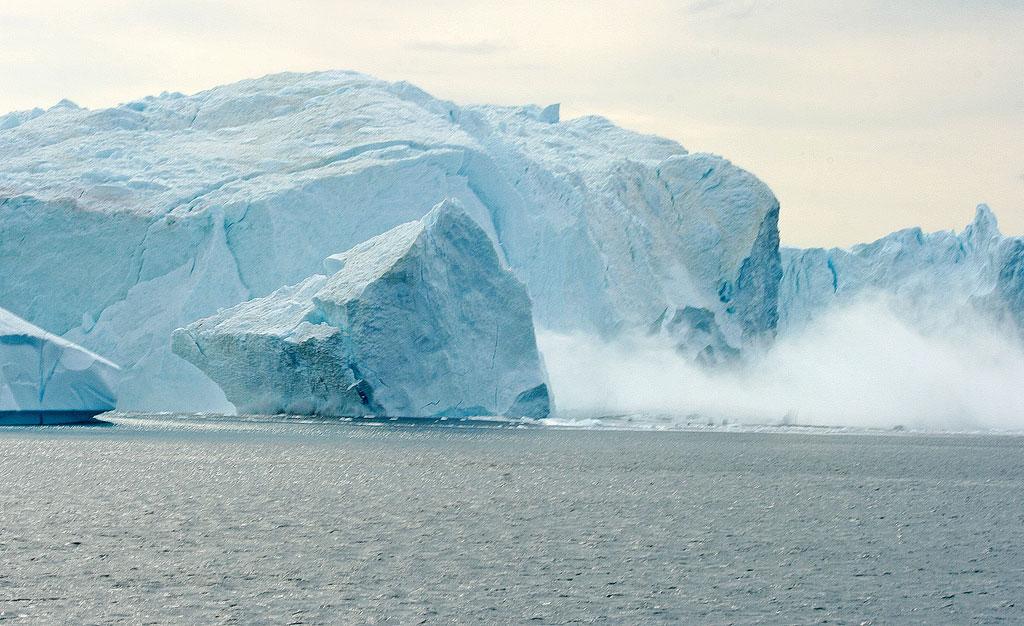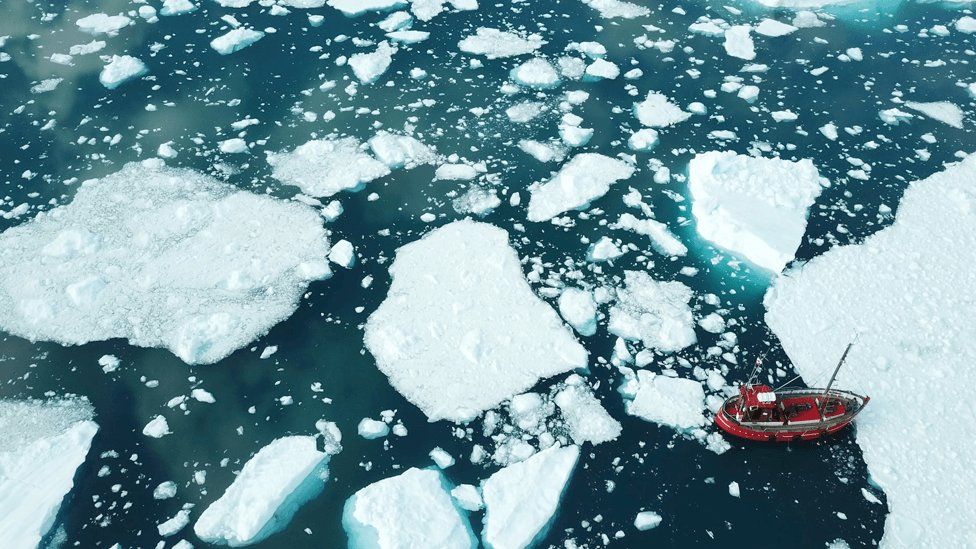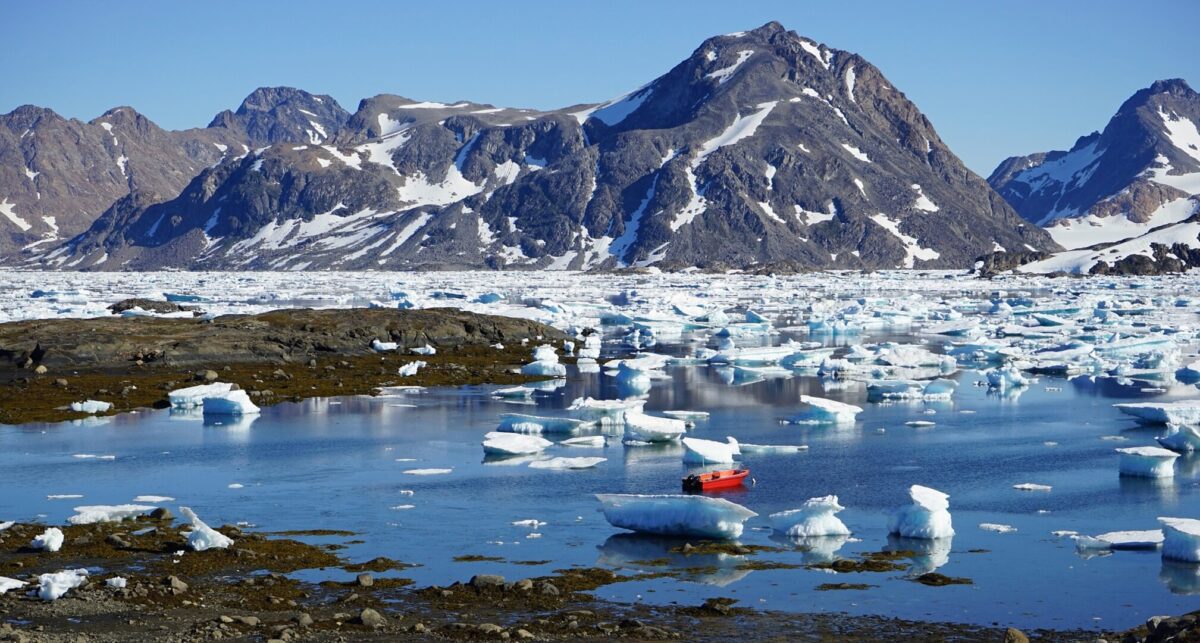The ice melt in Greenland is sparking concerns for the entire planet.

Greenland, the world’s largest island, is undergoing a rapid transformation as its ice sheet melts at an alarming rate, signaling a looming environmental crisis with far-reaching implications. Satellite observations and scientific studies reveal a troubling trend: the relentless retreat of Greenland’s glaciers and ice sheets, driven by rising temperatures and exacerbated by feedback loops that perpetuate further melting. This unprecedented ice loss, coupled with the proliferation of methane-producing wetlands and vegetation, underscores the urgent need for concerted action to address the escalating impacts of climate change.
Over the past three decades, an estimated 11,000 square miles of Greenland’s ice sheet and glaciers have vanished—a staggering expanse equivalent to the size of Albania. This significant loss, which accounts for approximately 1.6% of Greenland’s total ice cover, is reshaping the island’s landscape, replacing once-frozen expanses with barren rock, wetlands, and burgeoning vegetation. The consequences of this ice melt in Greenland are profound and multifaceted, amplifying the risk of coastal flooding, altering regional climates, and threatening biodiversity.
Scientists warn that the ice melt in Greenland is accelerating, driven by a combination of rising air temperatures and feedback mechanisms that exacerbate the process. As temperatures climb at double the global average rate since the 1970s, the reflective properties of ice and snow diminish, leading to increased absorption of solar radiation—a phenomenon known as the albedo effect. This, in turn, amplifies warming and triggers further ice melt, creating a dangerous feedback loop that accelerates the loss of Greenland’s ice mass.
One of the most concerning outcomes of Greenland’s melting ice is the proliferation of methane-producing wetlands across the island. These wetlands, which have nearly quadrupled in size over the past three decades, are a potent source of methane emissions—a greenhouse gas with a warming potential far greater than that of carbon dioxide. As permafrost thaws and ice recedes, organic matter trapped within the frozen landscape decomposes, releasing methane into the atmosphere and exacerbating global warming.
The consequences of Greenland’s ice melt extend far beyond the island itself, with implications for global sea levels, weather patterns, and ecosystems. The loss of ice mass contributes to rising sea levels, threatening coastal communities and exacerbating the frequency and intensity of coastal flooding events. Moreover, changes in Greenland’s climate can alter atmospheric circulation patterns, influencing weather systems around the world and potentially disrupting regional climates.
Indigenous communities in Greenland are among the most vulnerable to the impacts of ice melt, as they rely on the island’s natural resources for subsistence and cultural practices. Rapid environmental changes, including shifts in wildlife populations and the availability of traditional foods, pose significant challenges to the livelihoods and well-being of these communities, highlighting the urgent need for adaptive strategies and support mechanisms.

Addressing the escalating crisis of ice melt in Greenland requires immediate and concerted action on multiple fronts. Mitigating greenhouse gas emissions, transitioning to renewable energy sources, and implementing climate-resilient infrastructure are essential steps to curb further warming and minimize the impacts of climate change. Additionally, efforts to protect and restore ecosystems, including wetlands and permafrost regions, can help mitigate the release of greenhouse gases and preserve biodiversity.
In conclusion, the accelerating ice melt in Greenland serves as a stark reminder of the urgent need for decisive action to address the existential threat of climate change. With the clock ticking, the international community must come together to implement bold and ambitious measures to limit global warming, protect vulnerable ecosystems, and secure a sustainable future for generations to come.



